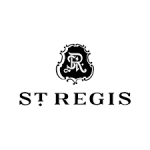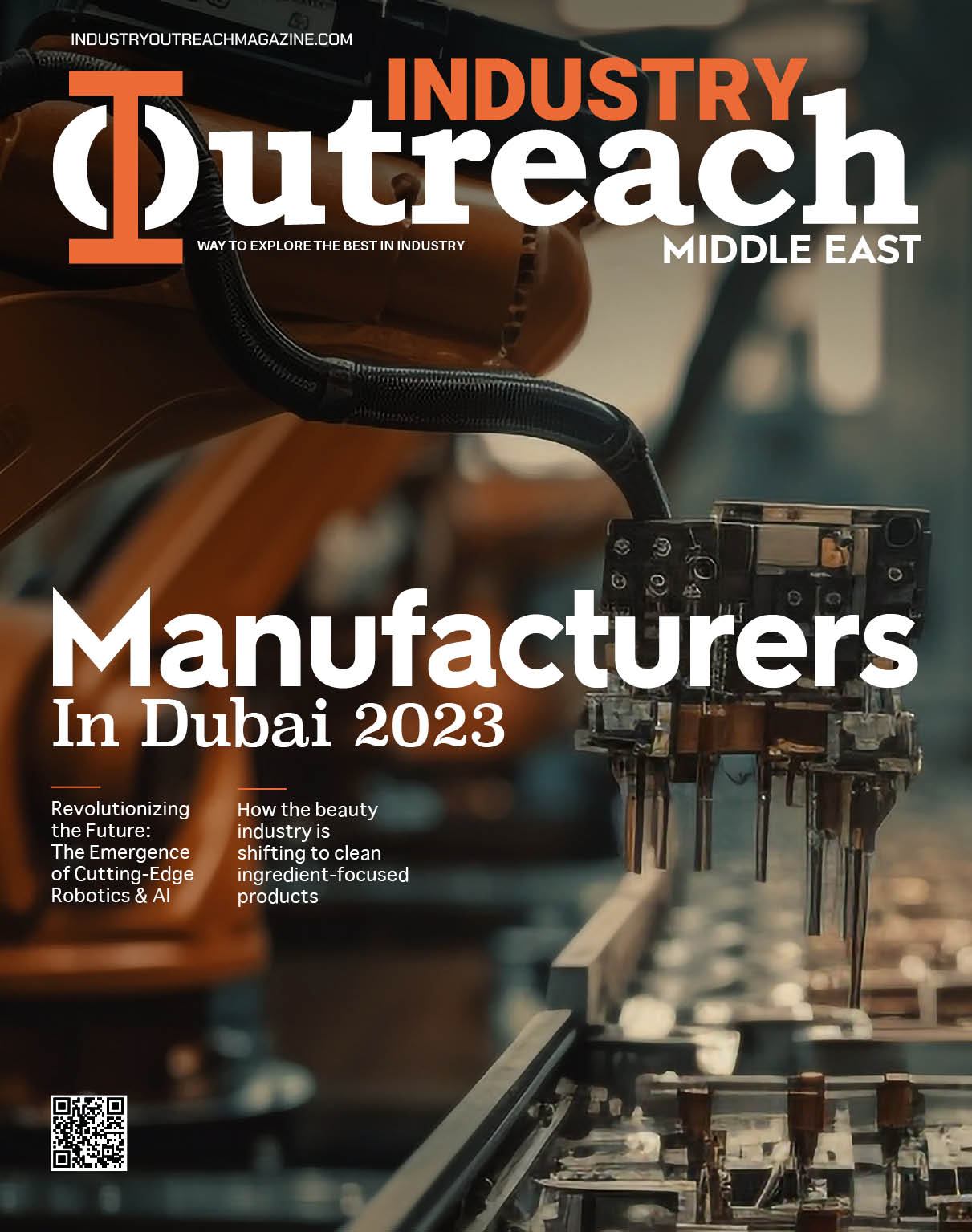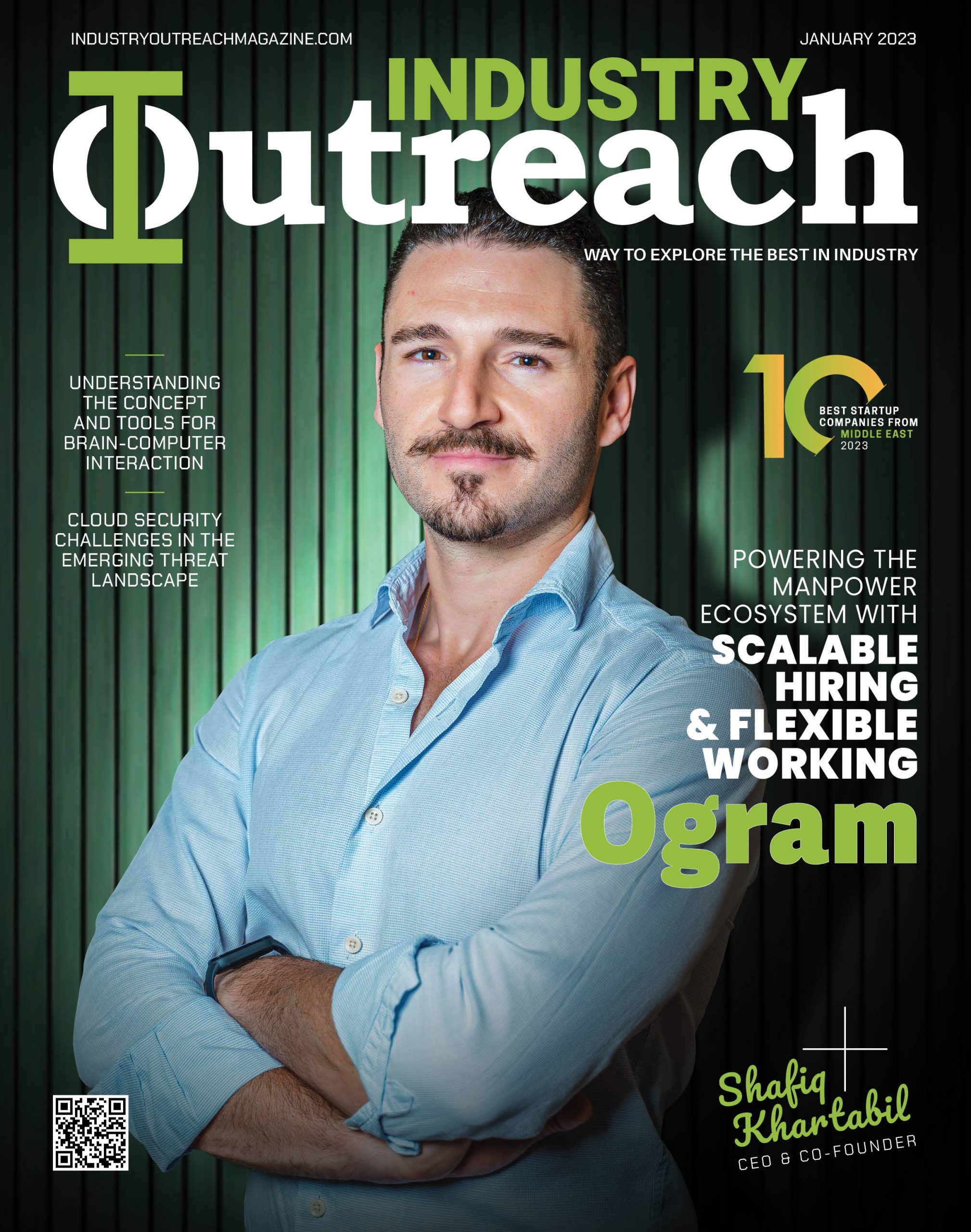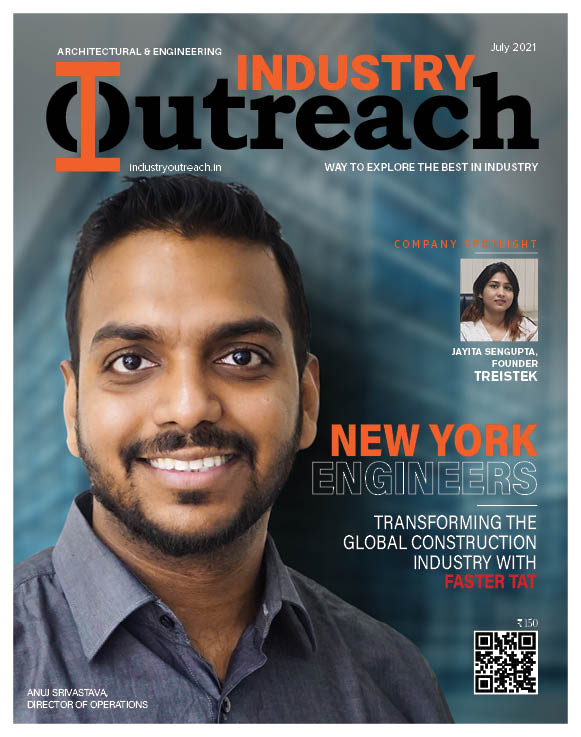
We are living in a world where everything can be virtually connected to the internet. From smart cities to infrastructure, a fleet of vehicles, near real-time management of assets in agriculture, manufacturing, etc., the possibilities are endless. Therefore, developing IoT solutions with flexibility, choice, and the confidence to connect virtually anything your business needs becomes imperative.
Some of the platforms you’ll need to consider while designing, building and managing an entire IoT solution stack include connectivity management platform and device management platform.
These platforms help in unifying, organising, and transforming IoT data to help generate value. For those unaware, data management platforms are cloud-based, which allows for remote connections, visualisation, and the management of devices and data. In addition, the IoT platform facilitates data collection and integrates seamlessly with the back end IT and business applications such as ERP, CRM, etc.
In this article, we will talk about data management platforms and understand their nuances, alongside discussing various functionalities and features and other factors to consider when selecting the right platform.
What is an IoT Data Management Platform?
It is a suite of software components that enables connectivity, data and information exchange between IoT devices and applications hosted on both private and public cloud environments.
Some of the key functionalities of an IoT data management platform include data orchestration and data visualisation.
Data orchestration: It helps store your IoT data in the platform and deliver data to the location of your choice.
Data Visualisation: It helps in aggregating, comparing, and tracking your device data in customisable IoT dashboards to gain near real-time insights into your assets.
Why is it important?
Building an IoT application on the right platform is the key to success. To future-proof your investments, you will need to think about the strength of your platform and scalability and speed to market. IoT is not a single technology but a combination of different sensors, devices, communication networks, and software that works together to unlock valuable, actionable data from the internet of things. What brings all these pieces together is the IoT platform, and choosing the right strategies for your business is critical to the success of your solutions — now and in the future.
The most important strategic decision a business will make during their planning and designing stage will be choosing an IoT platform because it is the enabler to managing virtually any combination of connected devices. Thus, having the required flexibility in your platform is key because improving efficiency is not likely to be achieved by managing only one machine type or a process variable.
A platform to manage very high device volumes generating humongous amounts of data, diversity, and geographies should also have scale. It allows businesses to enhance IoT solutions over time without worrying about any limitations of the platform when new devices keep getting added. Flexibility allows businesses to experiment and scale their IoT solutions using multiple devices, network types, applications, APIs, and cloud environments without redesigning the core IoT platform every time a change occurs or as the technology evolves.
IoT Tech Stack
The IoT technology stack consists of multiple layers, including device hardware, connectivity, data management, applications, analytics, and security. The platforms facilitate and orchestrate key interactions between each of these different layers and other back-end systems in an enterprise. Unlike other technologies that may revolve around one predominant architecture, device type, or connectivity method, IoT is an assembly of disparate technologies at its core. A connected machine in a factory does not become ‘smart’ from a single sensor, modem, network, or application alone. Instead, it is a combination of all of these pieces coming together that creates added intelligence.
IoT platforms are also referred to as ‘Middleware,’ which underlines their functional role as that of a mediator between the hardware and the data and application layers. A robust and scalable IoT platform will be capable of integration with almost any IoT device and blend in with the applications used by the device irrespective of the type of protocols used for device to cloud communication.
A Platform will orchestrate many of the fundamental aspects that go into making an IoT solution work seamlessly. These include determining how a particular endpoint connects to a network, seamless device to cloud communication, how and where data is collected, and finally and most importantly, how that data can be used to drive business value for an enterprise. The platform will also work alongside and facilitate interactions with corporate security mechanisms and analytics, which reside outside the platform itself.
Orchestrating Data
It is one of the important functions of an IoT platform. Most IoT solutions leverage a variety of sensors that can generate extremely high volumes of data over time, such as location, condition, and status. The data is collected and stored as data streams. Each data point is usually very small; however, the amount of data collected can amass quickly over a period of time, depending on the reporting frequency of IoT devices. An IoT platform provides the ability to securely store and normalise data from this diverse mix of IoT endpoints – virtually any device and any sensor reading. In addition, it can receive streams of data coming in from multiple IoT devices and break them down to easily process, use, or react to by applying commands based on the information received.
Flexibility
One of the key capabilities of an IoT platform is the ability to orchestrate the movement of data between devices and various cloud environments. A flexible and “open” platform will make it easy to do this with any type and combination of cloud environments, be they private, public, or hybrid. Many of the leading cloud environments have now begun to integrate with IoT platforms. Most of them include a library of built-in nodes for AWS, Microsoft Azure, and other cloud environments. By pre-integrating third-party cloud support, end users get significantly faster development times and take advantage of the tremendous scale and elasticity and the geographic distribution of the top cloud environments.
Data Analytics
The ultimate goal of data gathering is to fuel better business outcomes through increased visibility and better insights. Therefore, an IoT platform should fully complement data analytics capabilities that can extract business value and keep businesses from drowning in a flood of new information that might be poorly coordinated. It will include analytics built into the IoT platform and leverage specialised third-party analytics software via secure API and Services.
When assessing the different IoT platforms, decision-makers may quickly learn that available options may lack a comprehensive set of services and capabilities for large-scale IoT management. One way to reduce your risk is by conducting a thorough review of your existing technology against your needs today, plus thinking toward the future to anticipate what you may grow into as your solution needs to change over a period of time. For long-term success, organisations need a provider that can help design an IoT system that is robust, scalable, flexible, and highly secure.
There are six critical factors an enterprise must consider when selecting the IoT platform provider. It includes a track record, ecosystem, global footprint, multi-network, adapts and scale, and hybrid cloud environments.
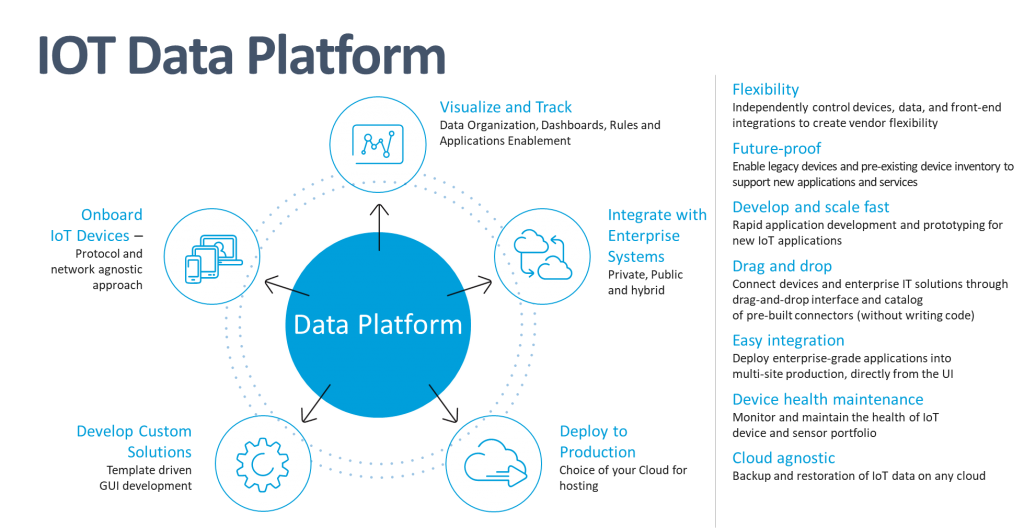
Identifying Internal Developer Talent
Engaging internal IT groups at the genesis of IoT projects will help the enterprise business future-proof its plan from day one. It will also be a way to tap into the available internal developer talent. Since IoT spans many technologies, it is important to consider both the developer resources that reside within the organisation and the external developer community. Both groups can be leveraged to help create applications and functionality that extend the value and reach of the IoT investment. As more enterprises embrace an open development construct, IoT platforms need to support a variety of programming approaches that match the different developer preferences.
A flexible platform should support many IoT devices, networks, communication protocols, and cloud environments. Options for each functional area, via ‘plug-and-play’ capabilities with quick integration and configuration of third-party devices and applications, is critical to achieving flexibility. Such an approach allows a business to confidently embrace new requirements in the future without being hindered by any Device limitations.
Why is Scalability Important?
Because IoT projects tend to start small and then scale fast once a particular tested use case is proven valuable. The ability to seamlessly scale in size and geographic reach is necessary to be prepared for high growth. A robust platform will seamlessly scale from supporting single devices and data points during the prototyping phase to supporting millions and even hundreds of millions during full deployment. Similarly, projects that start in just one geographic area will often be expanded over time to include all countries where a businesses’ operations, customers, and supply chains reside.
Conclusion
The possibilities are virtually limitless on what IoT technology can do for the enterprise and what it can do with IoT. As the enterprise looks to invest in IoT development, it is helpful to understand that it will be an iterative process that requires buy-in across the organisation, investment in IT infrastructure, and a strategic vision of how IoT can transform their business. For many enterprises, success in the IoT marketplace ultimately depends not only on the device or application but on choosing the right IoT platform to support new services for a rapidly evolving, fast-changing and competitive marketplace. In the push to create the next great IoT solution, it’s not enough to connect the devices to the internet of things; enterprise needs to build on a foundation that will support the growth of the solutions well into the future.


